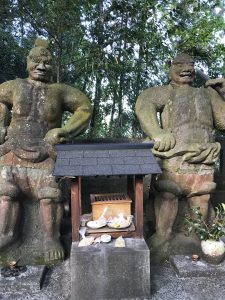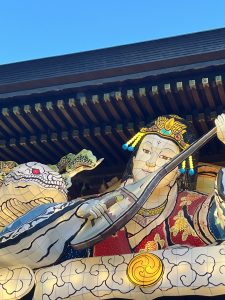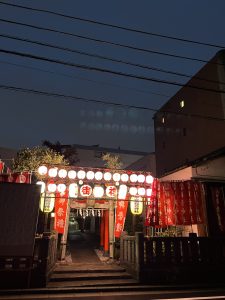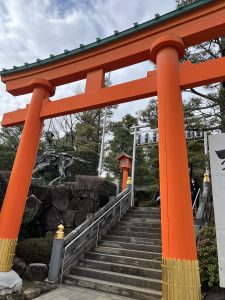How Much Should You Offer at a Shrine?
When visiting a Shinto shrine in Japan,
it is customary to place a coin or bill into the offering box.
What’s the Right Amount?
You may have heard that “5 yen” is lucky.
It sounds like go-en, which means “fate” or “connection” in Japanese.
However, personally, I don’t think such puns have deep meaning.
In fact, money offerings originally served as substitutes
for sacred items like tamagushi—branches offered to the gods.
They were even called saisen-dama, or “offering coins.”
Why Small Coins Can Be a Problem
Nowadays, things are a bit more complicated.
Coins like 1, 5, or 10 yen can cost shrines more to handle than they are worth.
Shrines have to pay banking fees to exchange these coins.
As a result, small change is often more of a burden than a help.
Some shrines even post polite signs asking people not to offer tiny coins.
It may seem surprising, but it’s a real concern.
At one temple I visited, they gathered up small coins into bags
and sold them for a few hundred yen.
They called them “lucky money.”
It felt like a last resort—creative, but clearly a sign of difficulty.
A Modern Offering: Show Respect with 100 Yen
That’s why I believe we should offer at least 100 yen.
It’s not only for the gods.
It’s also a way of showing respect to the people
who take care of these sacred places every day.
Even a small act of generosity can carry deep meaning.
And it helps preserve a tradition that continues to welcome all.




